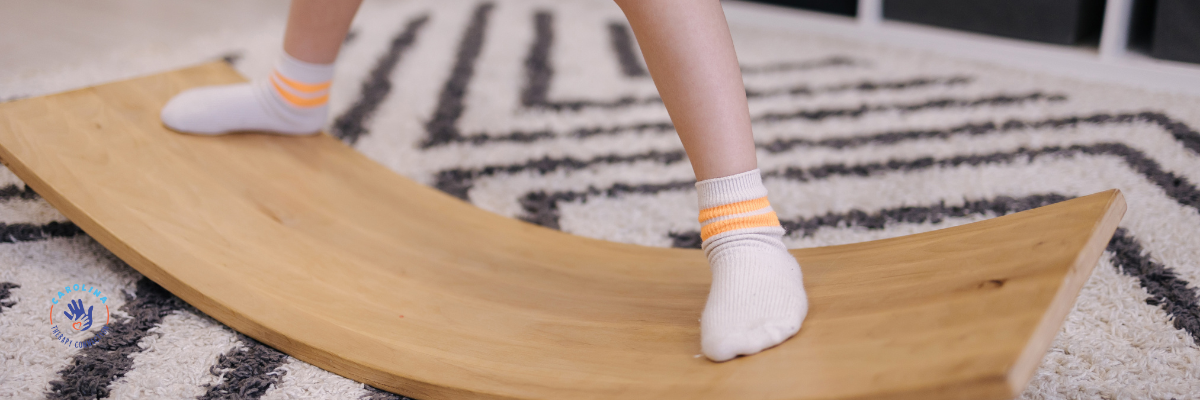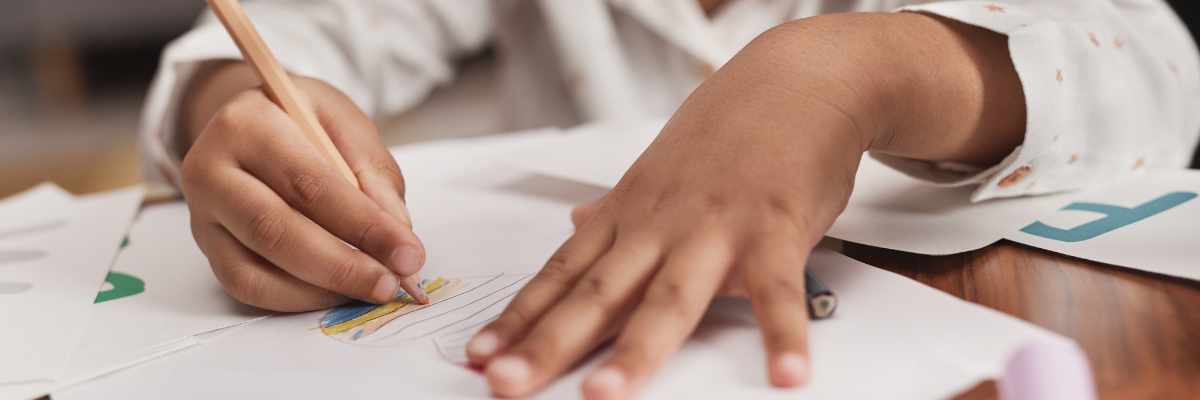From Leaps to Roars: How Animal Walks Boost Kids’ Development
Looking for a creative and engaging way to get your child moving while enhancing their overall development? Animal walks could be the perfect activity for your child! From waddling like a duck to crawling like a bear, these simple movements bring a sense of adventure to playtime and promote increased muscle strengthening, sensory regulation, play skills, and much more.. Let’s dive into how these movements can make a big difference!
What Are Animal Walks?
Animal walks are fun and imaginative movements where children mimic the actions of different animals. These activities involve crawling, hopping, waddling, or stretching like various creatures, such as bears, frogs, crabs, or kangaroos. This activity can easily be incorporated into your child’s daily routine and tailored to their needs.
How Can Animal Walks Help My Child?
- Sensory Regulation
Animal walks are designed to activate large muscle groups and promote body awareness. These movements engage the body in different ways, offering proprioceptive input (the feedback received from muscles and joints, which provides information about our body’s position and where our body is in space) and vestibular input (the information received regarding changes in head position, movement, and balance). These types of sensory input can be calming and organize the nervous systems of children with sensory processing difficulties. By engaging your child in animal walks, you may notice improvements with emotional regulation, transitioning between activities/tasks, and their overall focus. Animal walks can easily be incorporated before bedtime, while getting ready for school, or even while doing homework to support your child’s overall sensory regulation before or during these tasks!
- Weightbearing
Animal walks are an excellent way to incorporate weight-bearing activities into your child’s daily routine, providing significant benefits for upper and lower extremity strengthening and stability. These movements require children to support their body weight in various positions, helping to develop and strengthen muscles, joints, and bones. Animal walks can also significantly aid in decreasing muscle spasticity (or muscle tightness) and are especially beneficial for children with cerebral palsy, Down syndrome, and other conditions that cause high/low muscle tone. Try this activity with your child while moving around your home or community, watching TV, or even before bath time to promote strengthening and overall functional performance during daily living tasks.
- Play Skills
Play skills are essential for a child’s development, fostering creativity, problem-solving, and social interaction. Play is perhaps the first way children learn to navigate relationships and express themselves. Animal walks are a great way for children to boost their imaginative, reciprocal (i.e., turn-taking), and cooperative (i.e., working together) play skills. Children diagnosed with autism often struggle with these play skills; animal walks can be a great way to incorporate creativity with functional play while promoting other social interaction skills! Try modeling the different movements while making the corresponding animal sound to increase your child’s engagement in the activity.
- Bilateral Coordination
Animal walks are great for developing bilateral coordination skills in children because they require both sides of the body to work together in a coordinated way. For example, when a child mimics a bear’s movement, they must use opposite limbs simultaneously, helping to improve and strengthen the connection between the right and left sides of the brain. Bilateral coordination skills are essential for developing a child’s skills, including using scissors, balancing during movement, manipulating clothing fasteners, tying shoes, brushing teeth, and much more! To target your child’s bilateral coordination skills more successfully during this activity, try giving your child visual cues (i.e., colored construction paper “spots”) to guide where to place their left/right hand or foot next.
- Motor Planning
Motor planning is thinking about and organizing the movements needed to complete a task. It involves figuring out what actions to take, how to do them, and in what order. Motor planning helps children move their bodies in a coordinated way to complete everyday tasks, such as brushing their teeth, getting dressed, following directions, etc. When children imitate the movements of animals, such as hopping like a frog or walking like a crab, they must plan how to move their bodies to replicate these actions accurately. Planning and executing different animal movements help children develop motor control, sequencing, and timing, key components of motor planning. By practicing these movements, children learn to predict the results of their actions, improving their ability to coordinate complex motions. As your child repeats these movements, they also build confidence in their ability to plan and complete tasks independently.
Who Can Benefit from Animal Walks?
– Muscle Tone Conditions: Decreased muscle tone conditions (i.e., Down Syndrome) or increased muscle tone conditions (i.e., Cerebral Palsy) can benefit from animal walks to address muscle strengthening and decrease muscle tightness, respectively.
– Autism Spectrum Disorder (ASD): Children with ASD often present with challenges related to sensory processing, play skills, etc. Animal walks can provide various sensory input while also developing different areas of play skills.
– Sensory Processing Disorder: Children with sensory processing difficulties often have trouble organizing their sensory systems, making it difficult to regulate their emotions. Animal walks can help provide sensory input, improving emotional regulation and activity engagement.
– Developmental Delays: Developmental delays can often make it difficult for children to engage in age-appropriate tasks. Animal walks can target strengthening, coordination, motor planning, etc., skills to promote a child’s overall development.
How Carolina Therapy Connection Can Help?
At Carolina Therapy Connection, we understand children’s unique needs and provide tailored care that helps them thrive. Our therapists are trained in using animal walks to provide skilled intervention and can work with your child to promote sensory regulation and weight-bearing and develop motor planning, bilateral coordination, and play skills.
No matter your child’s diagnosis or abilities, we can help them on their journey toward improved overall development. If you want to learn more about how animal walks are incorporated into skilled therapy, including intensives, please contact us to schedule an evaluation. You can also use this link to explore our pediatric intensive therapy services.












